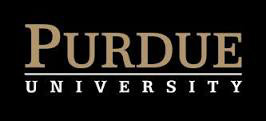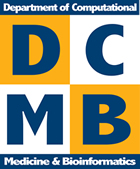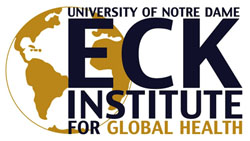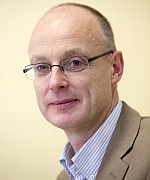UCD School of Medicine & Medical Science
Conway Institute
University College Dublin, Ireland
Presentation Title: Reversible DNA rearrangement as a switch for cell type in yeasts
Date/Time: Monday, July 13th, 4:40 pm - 5:40 pm
Introduction by: Des Higgins
Abstract
We usually think of the genome as a store of information that is identical in all the cells of an individual, but capable of producing different cell types by differential gene expression. A few specialized cell types break this rule, for example by VDJ recombination in immunoglobulin gene clusters or VSG surface antigen switching in trypanosomes. These developmental genomic rearrangement processes involve the deletion of some DNA, but they can occur again and again in every generation because they only happen in somatic cells. The germline DNA remains unrearranged and is inherited by the next generation. Unicellular organisms such as yeast do not have the luxury of a separate germline and soma, so any developmental DNA rearrangements must be reversible and cannot involve DNA loss. I will describe the mechanism and evolutionary origins of one such reversible process, mating-type switching in yeast species. Yeasts have 3 cell types, which are specified by physically moving the DNA of master regulatory genes, by DNA cut-and-paste or copy-and-paste mechanisms, into chromosomal contexts where they are expressed or repressed. I discuss why in some situations evolution has chosen programmed genomic DNA rearrangement as a regulatory mechanism in preference to more common alternatives such as the differential binding of transcription factors.
Biography
Ken Wolfe is Professor of Genomic Evolution at the Conway Institute, University College Dublin, Ireland. His research interests are on the evolution of eukaryotic genome organization, particularly in fungi. He is best known for his discovery that an ancestor of the yeast Saccharomyces cerevisiae underwent whole-genome duplication about 100 million years ago, and subsequent discoveries of whole-genome duplications during plant and vertebrate evolution. His current research is focused on the evolution of yeast chromosome structure and the evolutionary origin of the cell-type switching process.






 Kenneth H Wolfe (KN04)
Kenneth H Wolfe (KN04)